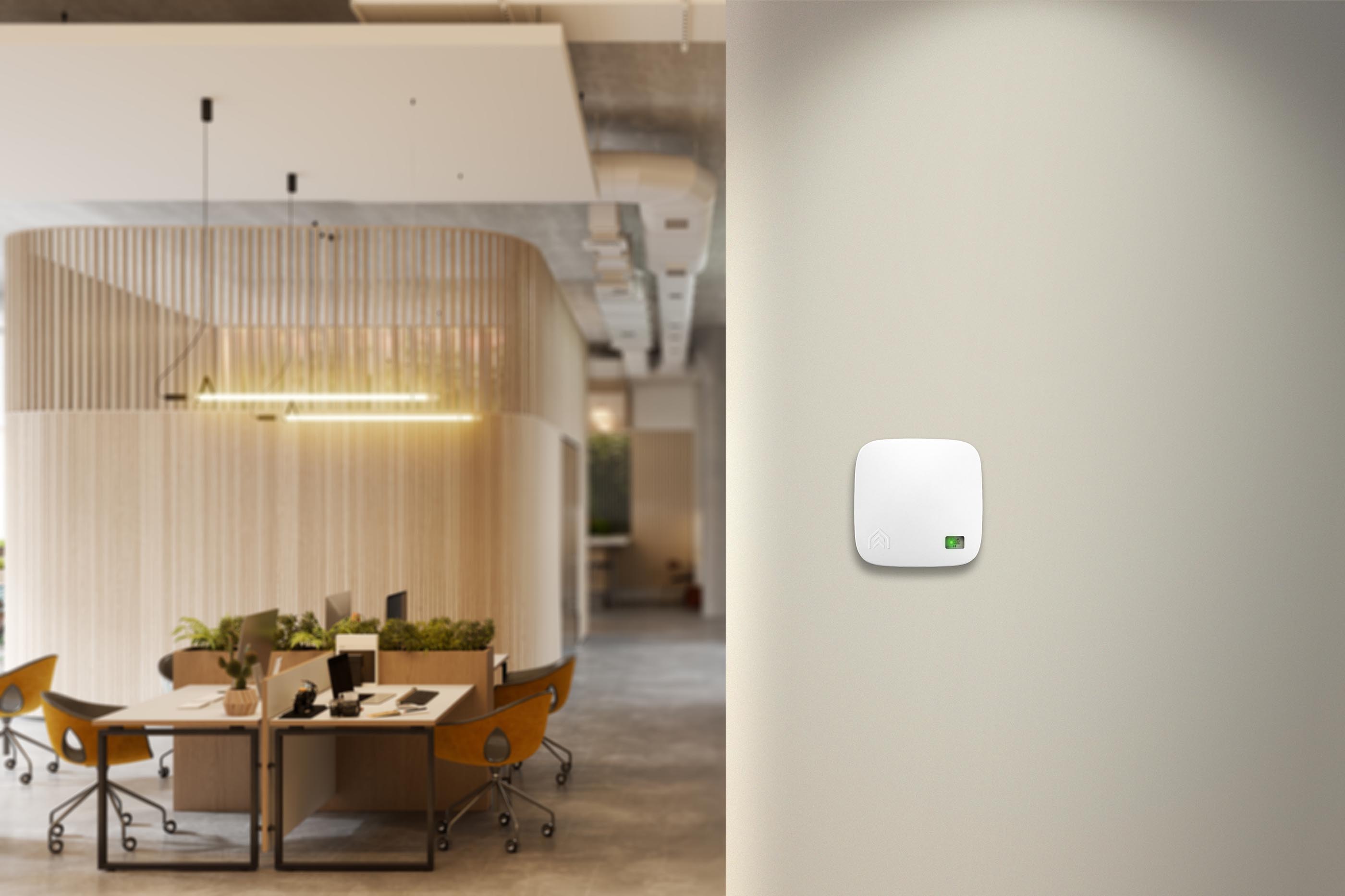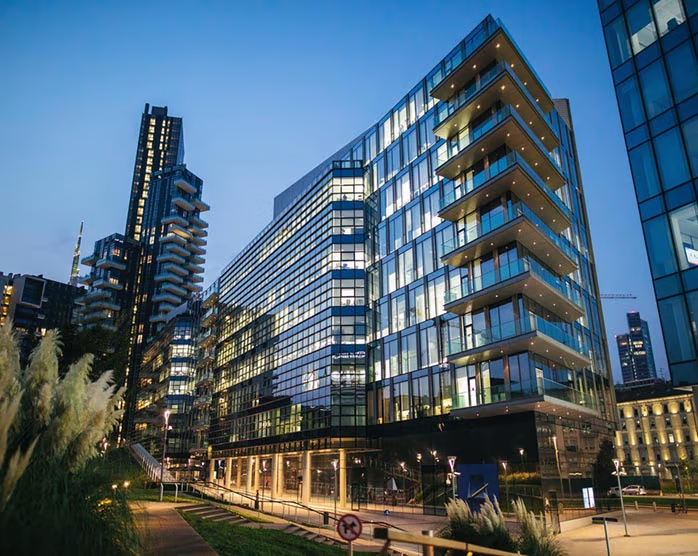
Support
Get help with setting up and using AirSuite sensors and software.
LTE Coverage Guide
Where can I deploy AirSuite LTE devices?
AirSuite LTE devices use next-generation, modern cellular networks to connect to the Internet, just like your smartphone. We use a low-power cellular network technology called LTE Cat-M1 (sometimes known as LTE-M), designed for IoT devices. It uses the same cell towers as your smartphone, so you can expect the same reliable coverage all over the country.
In New Zealand, AirSuite has partnered with Spark to deliver a nationwide LTE network with exceptional coverage. Spark’s LTE network is available in all major cities and towns, and covers 98% of the population. You can check the LTE Cat-M1 coverage in your area using Spark’s coverage map - make sure to choose “Cat-M1” on the map.
In Australia, AirSuite has partnered with Telstra, the largest IoT network provider in the country. Check your area using Telstra’s coverage map.
In regions outside Australia and New Zealand, AirSuite uses a network of global partners to ensure coverage all around the world, including in the US, UK and Europe. If you are interested in deploying AirSuite sensors in your country, please get in touch so we can ensure the network conditions are suitable in your region.
Shopping around? Don’t get caught out!
The LTE Cat-M1 network has great, reliable coverage throughout the country (and across the globe!).
But many devices still on the market today connect to the Internet using older technology, such as Sigfox or LoRaWAN. Those networks tend to have good coverage in main centres, but very limited coverage elsewhere. We strongly recommend comparing the coverage maps for each network, so that you can pick what works best for you.
Sigfox and LoRaWAN devices often require a gateway or signal repeater to connect to the Internet, which needs to be factored into your purchase cost. AirSuite LTE devices don’t require any additional hardware to connect to the Internet, so you can get started right away, with no hidden costs.
Where can I put my AirSuite LTE devices?
While the cellular signal has extremely good coverage across the country, it can be easily blocked by buildings, including the one you’re in - particularly those constructed with steel and concrete. We recommend checking the indoor signal strength on your smartphone (on the Spark, Skinny, or Telstra network) to get a general idea of whether your building has good coverage. If you have a good signal on your smartphone, you can expect the same strong coverage for your AirSuite LTE devices.
The signal is usually weakest in the middle of a building, where it is blocked by the ceiling and walls on all sides. Therefore, in large commercial buildings, such as conference centres, shared office spaces, shopping centres, or warehouses, the best place to put your AirSuite LTE sensors is usually along the outside walls, next to the windows. We recommend testing the signal strength in different areas of the building before proceeding with installation.
What happens if the LTE signal is poor?
AirSuite LTE devices are designed to be extremely fault-tolerant, so in most cases, even in poor network conditions, you won’t notice any problems: if the device is unable to connect to the Internet, the data is saved on the device for up to 24 hours until it is next able to connect, and then it is uploaded to the AirSuite Cloud all at once.
However, if your sensor is consistently having trouble connecting to the network, this will impact its battery life, so we recommend moving it to a location with better coverage, or plugging it into a power outlet if possible.
What if I don’t have LTE coverage in my area?
If you don’t have LTE coverage in your area, or if you need to put devices right at the heart of your large steel-and-concrete-constructed commercial building, AirSuite Wi-Fi devices might be a better fit for you.
Since AirSuite Wi-Fi devices require a mains power source, they may not be best suited to all use cases, so we recommend using a combination of AirSuite LTE and Wi-Fi devices to meet your needs.
Alerts
- Configure alert thresholds
- Email Notifications
- Manage Alerts
- Mobile App Notifications
- Our Recommendations
Connectivity
- LTE Coverage Guide
- Over-the-air Updates
- Troubleshoot Inactive LTE devices
- Troubleshoot Inactive Wi-Fi devices
- Wi-Fi Access Point Compatibility
- Wi-Fi or LTE?


